People are becoming increasingly aware of ways to protect the environment, conserve energy and also save money in the process.
After all, who wouldn't love living in an energy efficient house that preserves energy, decreases greenhouse gas emissions, decreases avoidable energy consumption and need for non-renewable resources? Further, there is increased awareness about the fact that the rates, at which we are exploiting the non-renewable resources, can make things unsustainable in the future.
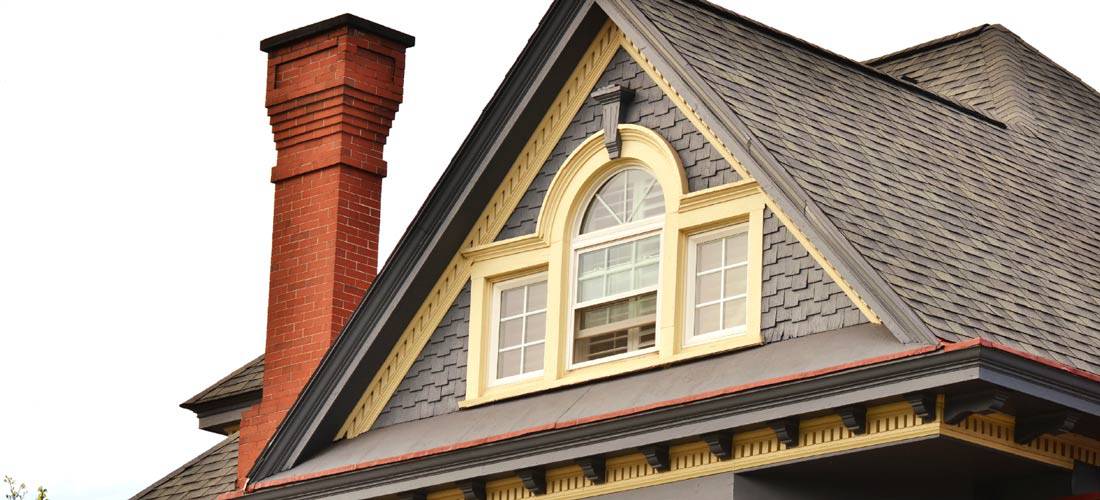
Now there are great ideas to make your home energy efficient without them being too heavy on your pocket. Simply spend once and reduce your energy costs over long periods of time and enjoy tax benefits in the process.
We have discussed about making homes energy efficient from various experts. We enlist a list of ideas for your review.
1. Upgrade the insulation
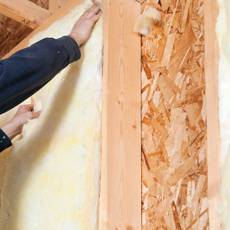 Use good quality insulation else a lot of heat could be lost in winter. It will be harmful for the environment and also entail extra costs to you. Use appropriate insulation, weather stripping and other insulating techniques. You may also use help from professionals if required.
Use good quality insulation else a lot of heat could be lost in winter. It will be harmful for the environment and also entail extra costs to you. Use appropriate insulation, weather stripping and other insulating techniques. You may also use help from professionals if required.
2. Upgrade to energy efficient windows
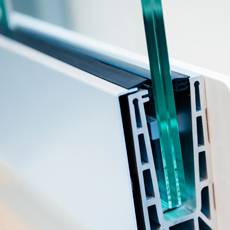 Older inefficient home windows could lose a lot of heat during winter and cool air during summer. This can really drive up your energy costs. Vinyl frames and double panel windows are more efficient than aluminum frame and single pane windows. You may open your blinds to permit sunlight and tinting your windows appropriately would cost much.
Older inefficient home windows could lose a lot of heat during winter and cool air during summer. This can really drive up your energy costs. Vinyl frames and double panel windows are more efficient than aluminum frame and single pane windows. You may open your blinds to permit sunlight and tinting your windows appropriately would cost much.
3. Solar panels
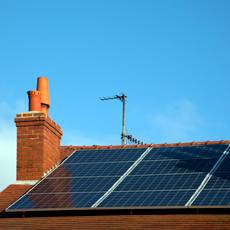 Solar panels are installed on rooftops assist you in producing your own electricity thereby, reducing energy costs. It is a bit costly though but proves as a fantastic investment.
Solar panels are installed on rooftops assist you in producing your own electricity thereby, reducing energy costs. It is a bit costly though but proves as a fantastic investment.
4. Compact Fluorescent Bulbs (CFLs)
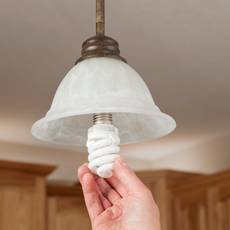 CFLs produce greater illumination with less cost on your pocket. Also their life is twelve times that of ordinary bulbs. These are the reasons why more and more people are replacing ordinary bulbs with CFLs.
CFLs produce greater illumination with less cost on your pocket. Also their life is twelve times that of ordinary bulbs. These are the reasons why more and more people are replacing ordinary bulbs with CFLs.
5. Energy efficient appliances
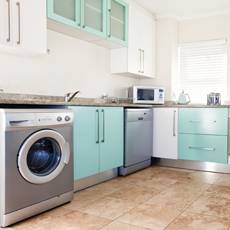 Certified Energy star appliances comparably use lesser energy. Although they might initially cost a bit more, over a period of time, money is saved.
Certified Energy star appliances comparably use lesser energy. Although they might initially cost a bit more, over a period of time, money is saved.
4. Do not overuse appliances
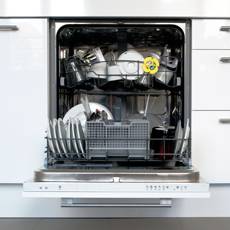 Excessive use of heater during winter might use more energy. Also, thermostat settings at extremes might use excessive energy. Appliances must be switched-off when not in use as they use some energy while simply being plugged.
Excessive use of heater during winter might use more energy. Also, thermostat settings at extremes might use excessive energy. Appliances must be switched-off when not in use as they use some energy while simply being plugged.
5. Schedule energy efficiency audit
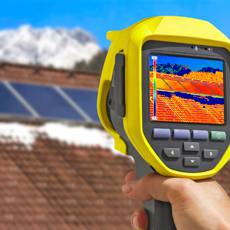 Energy Auditors assess your home’s energy efficiency and determine ideas to improve efficiency. They are equipped with special skills and equipments to locate the essential points.
Energy Auditors assess your home’s energy efficiency and determine ideas to improve efficiency. They are equipped with special skills and equipments to locate the essential points.
7. Plant shady landscaping
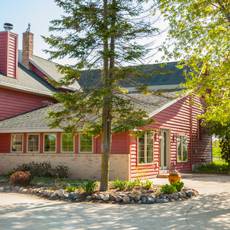 A properly planned landscaped garden can do wonders to the energy efficiency. The trees and leaves will protect the house from severe sun during and cold breezes during winter.
A properly planned landscaped garden can do wonders to the energy efficiency. The trees and leaves will protect the house from severe sun during and cold breezes during winter.
8. Turn-off gadgets when not in use
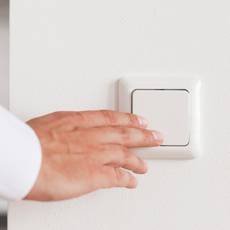 Turn-off appliances when not required. These little savings add up to make a large figure over a period of time.
Turn-off appliances when not required. These little savings add up to make a large figure over a period of time.
9. Set water heater to warm setting
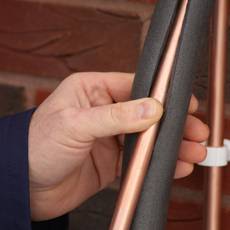 Using small alterations can improve energy efficiency. Set the water heater temperature to warm (approx. 120°F – 130°F). Additionally heating will not improve washing of dishes and clothes. Employ low-flow shower and bath fixtures to reduce water consumption. Insulate hot water pipes so that water heat is not lost due to radiation.
Using small alterations can improve energy efficiency. Set the water heater temperature to warm (approx. 120°F – 130°F). Additionally heating will not improve washing of dishes and clothes. Employ low-flow shower and bath fixtures to reduce water consumption. Insulate hot water pipes so that water heat is not lost due to radiation.
10. Use of programmable thermostat
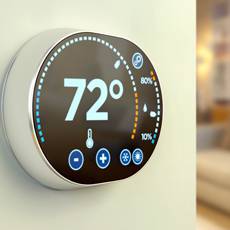 You must set a programmable thermostat so that your house has a higher temperature during summer and lower temperature during winter. This certainly drives up the energy efficiency.
You must set a programmable thermostat so that your house has a higher temperature during summer and lower temperature during winter. This certainly drives up the energy efficiency.
Two designers by the name of Tom Smith and Lee Porter Butler in 1977 created the design of an “Envelope Home” to create a revolutionary home design that is extremely energy efficient.
The Envelope Home created by them has passive solar architecture that gathers solar energy in a solarium and passively permits the warm air to circulate around the house between two sets of walls, a double building envelope.
Now, there are hundreds of envelope homes throughout the nation that demonstrate their high energy efficiency.













Write a Comment